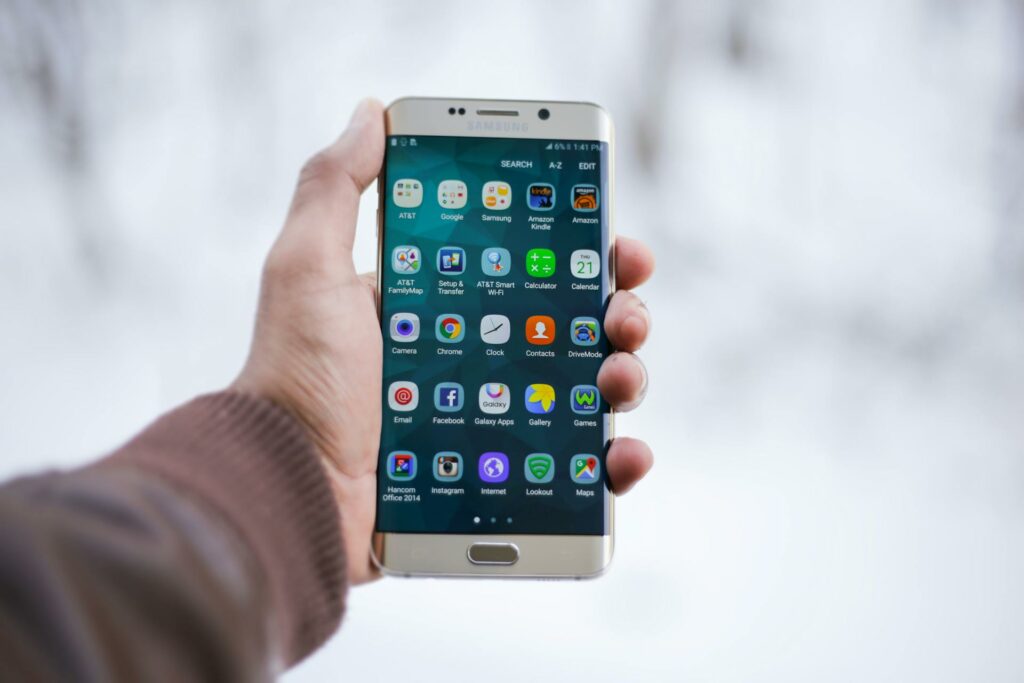What Should Your Call Log Look Like?

As a professional, your world is based on opportunities – developing your work partnerships, talking to potential clients, or turning potential clients into paying clients. With so many opportunities out there, it can be challenging to keep track of it all.
The tried-and-true way of identifying and capitalizing on these opportunities is the phone call.
Keeping track of your calls by storing activity into a log is one of the best ways to stay on top of everything and ensure you’re maintaining consistent interaction.
Consistency is key because even if you lose just one call (which is understandable with so much else going on), you could be leaving five new contracts on the table. You need a way to keep track of all of your calls so you can keep working towards success.
There are two main ways to keep track of your call log history: manual or through your call log history on your phone app.
Manual Tracking
The simplest way to keep track of your call logs is by manually entering the information yourself into a spreadsheet. Software like Microsoft Excel or Google SmartSheets allows you the chance to build a call log based on what you want to track.
The basic information you can enter into a call log might include:
- The time of the call
- The name of the person you’re calling
- The person’s phone number
- Any next steps or actions you might want to take
- A general Notes column to capture anything else important
You can start and end there, and you’d be capturing the majority of information you need to track your calls effectively. However, you can add more detail to your call log to bring more value to your tracking process.
For example, you might want to track whether you reached the person or you had to leave a voicemail. This data would help you understand your contacts’ habits – do they answer more in the morning or at night? How many voicemails have you left them? This can also help you identify if there are any contacts that you have not been able to reach after multiple attempts, at which point you may decide they are not worth pursuing.
One challenge with manual tracking is just that – it’s manual. This means the quality and quantity of the information in your tracking sheet are reliant on you typing it in every time you make a call.
One benefit of this approach, on the other hand, is that you can create a call log personalized to the information that is important to you.
Maybe you’re a real estate agent, and you want to capture which clients are interested in which properties, or maybe you’re a salesperson, and you need to follow up on leads. With manual tracking, you don’t have to rely on dealing with whatever information the technology or app gives you. You can customize your call log to your needs.
Call Logs on Your Cell Phone
The world is more mobile these days, which means you aren’t always going to be making calls from a landline (in fact, it’s probably pretty rare that you would be). Luckily, your cell phone tracks your calls for you so you can quickly and easily see who you called and when.
Whether you have an Android or an iPhone, the Phone app tracks the following standard information:
- What number/contact you called
- When you called them
- If it was incoming or outgoing
- How long the call took
You can easily add new numbers as contacts in your phone or add another number to an existing contact. While the Phone app doesn’t give you the option to track and trend your data, this approach keeps things simple and organized all in one place.
Using Contacts+
If manually call logging isn’t your thing and you want to go one step further than what your phone app provides, look into our contact management tool for additional help. With Contacts+, you can track each contact’s information, like their phone number, address, and job details, and use our tagging functionality to further classify your contacts. We also have a notes section that allows you to leave important contextual details of your relationship and previous interactions so you can provide the best follow-up possible.
Designing Your Call Log
Just because you have call history in your phone app or on Contacts+ doesn’t mean your data has to end there. You can combine methods to make sure you are capturing all the information you need.
The main draw of tracking your calls manually is the ability to sort, filter, track, and trend your data to create a holistic picture of how effective your phone call methods are.
Some businesses have separate call logs for different scenarios:
- One call log could be just for prospective clients, where the focus is turning them into actual clients.
- One call log could be for existing clients, where the focus is developing the relationship and identifying any opportunities to add services to their existing suite of products.
- Another call log could be for your “big clients” who make up 80% of the business. These clients are carrying your company, so they need a different approach than a smaller client.
While that may seem like a lot of logs to manage, segmenting and specifying them allows you to develop techniques that work best for each scenario. You may also have different members of the team manage the different call logs – one group focuses on generating leads, another group focuses on converting leads into clients, and so on.
However you track your calls, the most important thing is that your call log has the right data to enable you to make better decisions. Tracking your call logs may seem challenging at first, but the ability to identify strengths or gaps in your process will make you more successful.





